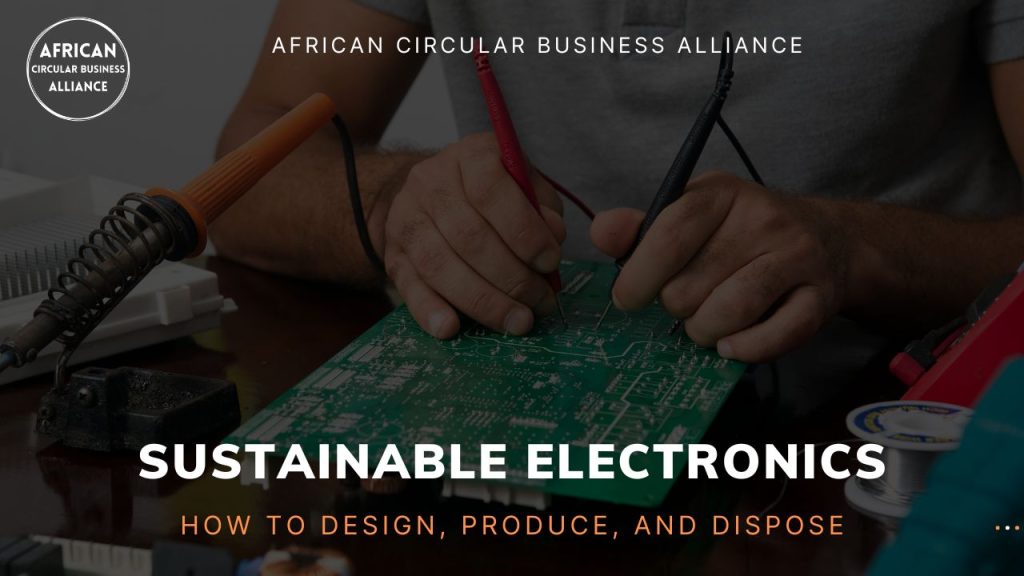
Sustainable electronics refers to the design, production, and disposal of electronic devices in a way that minimizes their environmental impact. The production and disposal of electronics can have significant environmental consequences, including the release of toxic chemicals, the depletion of natural resources, and the generation of electronic waste. However, by adopting sustainable practices, it is possible to reduce the environmental impact of electronics.
Designing Sustainable Electronics
The first step in creating sustainable electronics is to design devices that are energy-efficient and use fewer materials. This can be achieved by using renewable materials and designing devices that are modular and easy to repair. Sustainable electronics should also be designed to last longer, reducing the need for frequent upgrades and replacements.
Producing Sustainable Electronics
The production of electronics can have significant environmental impacts, particularly in relation to the use of resources and the generation of waste. To produce sustainable electronics, manufacturers should adopt environmentally friendly practices, such as using renewable energy sources, minimizing waste and pollution, and using recycled materials.
Disposing of Electronics in an Environmentally Friendly Way
The disposal of electronics is a major environmental concern, as electronic waste contains toxic substances that can contaminate the environment and harm human health. To dispose of electronics in an environmentally friendly way, it is important to recycle them properly. This can be achieved by working with reputable electronics recyclers who have the expertise and facilities to handle electronic waste safely.
Tips for Designing Sustainable Electronics
- Use renewable materials: Renewable materials, such as bamboo and recycled plastic, can be used to create sustainable electronics.
- Design for durability: Design devices that are built to last, reducing the need for frequent upgrades and replacements.
- Use modular design: A modular design allows users to replace individual components of a device, rather than having to replace the entire device.
- Optimize energy efficiency: Make devices energy-efficient by using low-power components and optimizing software.
- Reduce packaging: Use minimal packaging and materials that are recyclable or biodegradable.
Tips for Producing Sustainable Electronics
- Use renewable energy sources: Use renewable energy sources, such as solar or wind, to power manufacturing facilities.
- Reduce waste: Implement practices to reduce waste and pollution, such as recycling materials and reducing water consumption.
- Use recycled materials: Use recycled materials wherever possible to reduce the use of virgin materials.
- Optimize the supply chain: Work with suppliers to ensure that they adopt sustainable practices.
Tips for Disposing of Electronics in an Environmentally Friendly Way
- Find a reputable recycler: Work with a reputable recycler who has the expertise and facilities to handle electronic waste safely.
- Check for certification: Look for electronics recycling certifications, such as the e-Stewards certification, to ensure that the recycler follows environmentally responsible practices.
- Don’t throw electronics in the trash: Electronic waste should never be thrown in the trash, as it can release toxic substances into the environment.
- Donate or recycle old devices: Donate or recycle old devices rather than throwing them away. Many organizations accept donations of old electronics, or they can be recycled through electronics recycling programs.
In conclusion, sustainable electronics can be achieved through environmentally friendly design, production, and disposal practices. By adopting sustainable practices, manufacturers can reduce the environmental impact of electronics and create a more sustainable future. Consumers can also play a role in promoting sustainability by choosing to purchase sustainable electronics and properly disposing of old devices.
